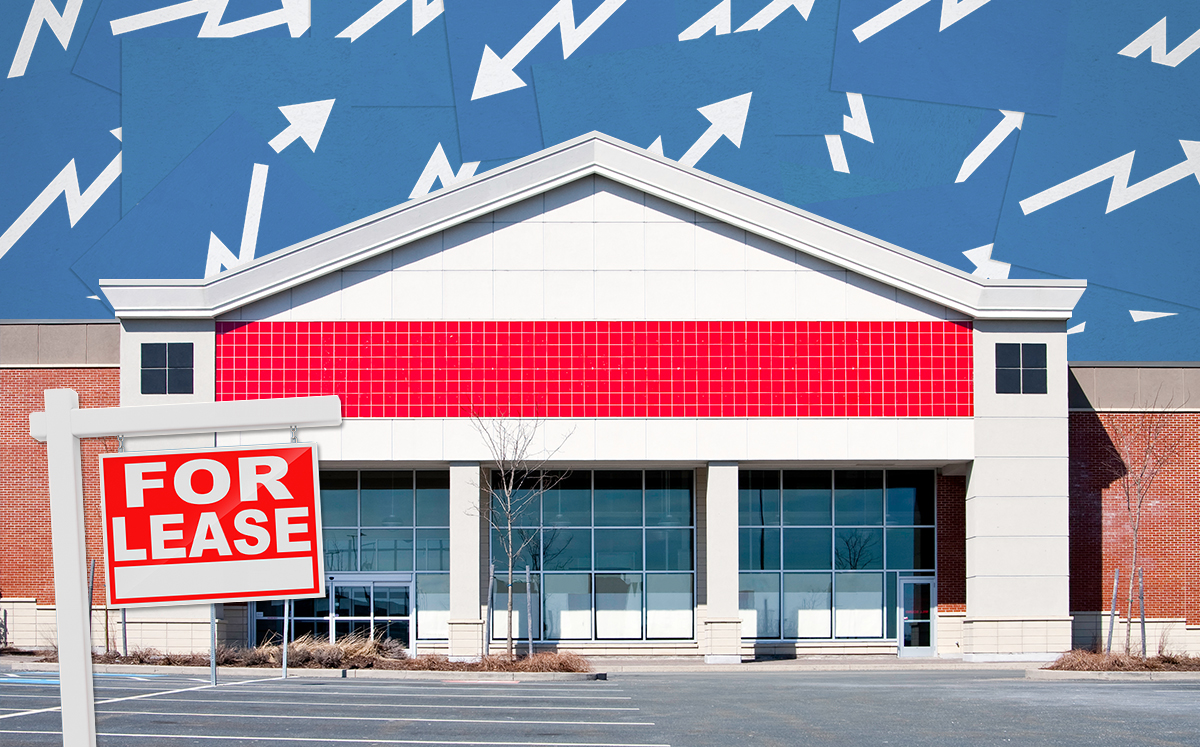Trending
Chicago-area retail isn’t out of the woods yet
The local vacancy rate dropped to 10.7 percent in Q4 2019, but it’s still nowhere near the post-recession low of 8.6 percent in 2013

The Chicago area’s vacancy rate has dropped to its lowest point in two years after falling for three consecutive quarters, but it’s still got a ways to go before it nears the post-recession low.
At the end of 2019, the local vacancy rate dipped slightly to 10.7 percent in the fourth quarter, from 10.9 percent in the third quarter, according to CBRE’s Chicago office.
Amid the rise in e-commerce that’s caused brick-and-mortar to flounder, some landlords are turning to non-traditional tenants, including health care, restaurant and fitness, as they grapple with retail vacancies, Crain’s reported.
One of the fourth quarter’s biggest leases involved 24 Hour Fitness taking over a 40,000-square-foot space formerly occupied by Dania Furniture store in the Algonquin Galleria shopping center.
Even though the lower local vacancy rate shows signs of progress, it remains significantly higher than it was in 2013, when the vacancy rate plummeted to 8.6 percent.
Brick-and-mortar retailers have been forced to permanently close their doors as customers have been lured towards the ease offered by their online competitors, namely Amazon.
More than 9,200 stores closed across the U.S. in 2019, compared with 5,844 closures in 2018, according to New York-based Coresight Research.
Brick-and-mortar brands that once dominated retail, including Forever 21 and Express, are closing left and right.
This week, Macy’s announced that it would be closing 125 of its weakest locations over the next three years.
Shopping malls, which aren’t included in CBRE’s report, have also been struggling.
In an analysis of the sector’s growth prospects, California-based research firm Green Street Advisors ranked Chicago-area shopping centers 47th out of 50 major U.S. metro areas. The report forecast a 2.7 percent decline in the key growth metric accounting for occupancy and rent from 2020 to 2024. [Crain’s] — Brianna Kelly




